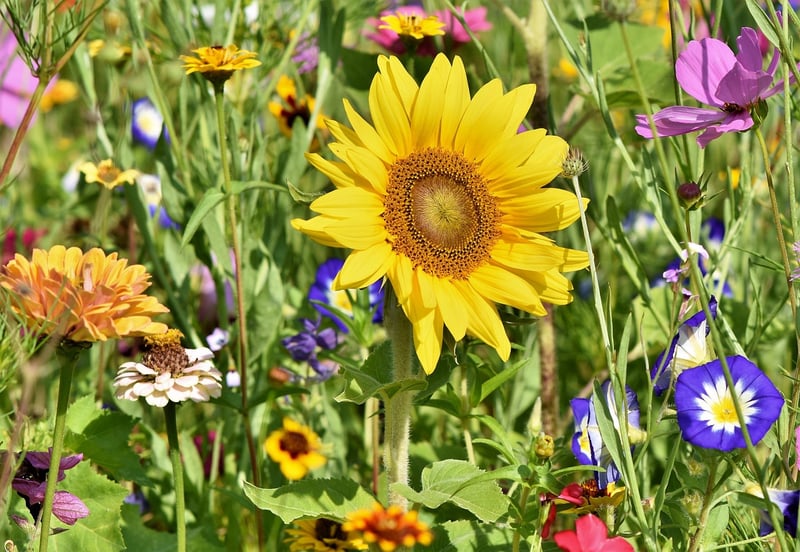Light requirements
Keep Your Garden Thriving: Understanding Light Requirements
Welcome to the world of gardening! Whether you are a seasoned gardener or just starting, understanding the light requirements of your plants is essential for their growth and flourishing. Light is one of the most critical factors that influence plant development, so let's delve into the different light requirements that plants have and how you can ensure your garden thrives.
Types of Light Requirements
Plants have varying light requirements based on the intensity and duration of light they need to photosynthesize effectively. Here are the primary categories of light requirements:
- Full Sun: Plants that require at least 6-8 hours of direct sunlight daily fall into this category. Examples include tomatoes, peppers, and roses.
- Part Sun/Part Shade: These plants thrive in 3-6 hours of sunlight per day, preferably in the morning or late afternoon. Hostas and ferns are typical examples.
- Full Shade: Plants that can grow with minimal direct sunlight, such as under trees or on the north side of a building. Impatiens and ferns are common full shade plants.
Assessing Light Conditions in Your Garden
Before selecting plants for your garden, it's crucial to assess the light conditions in different areas. Here's how you can evaluate the light levels:
- Observe the sun's path throughout the day to identify sunny and shady spots.
- Use a sun calculator or light meter to measure light intensity in specific areas.
- Consider obstructions like buildings or trees that may cast shadows.
Tips for Optimizing Light for Your Plants
To ensure your plants receive adequate light for healthy growth, consider these tips:
- Position sun-loving plants in south-facing areas for maximum sunlight exposure.
- Use reflective surfaces like white walls or mirrors to redirect light to shaded areas.
- Prune trees or bushes to allow more light to reach plants below.
- Rotate potted plants regularly to ensure even light distribution.
Conclusion
By understanding the light requirements of your plants and optimizing light conditions in your garden, you can create an environment where your plants will thrive and flourish. Remember to regularly monitor light levels and adjust as needed to ensure the health and vitality of your garden.
Happy gardening!


